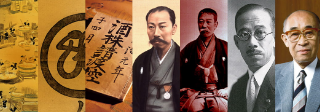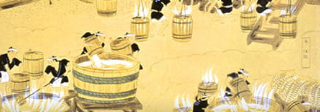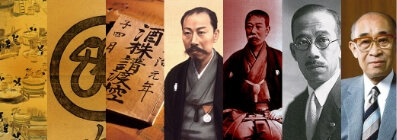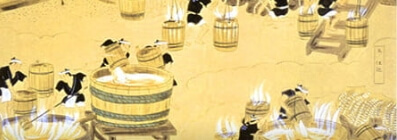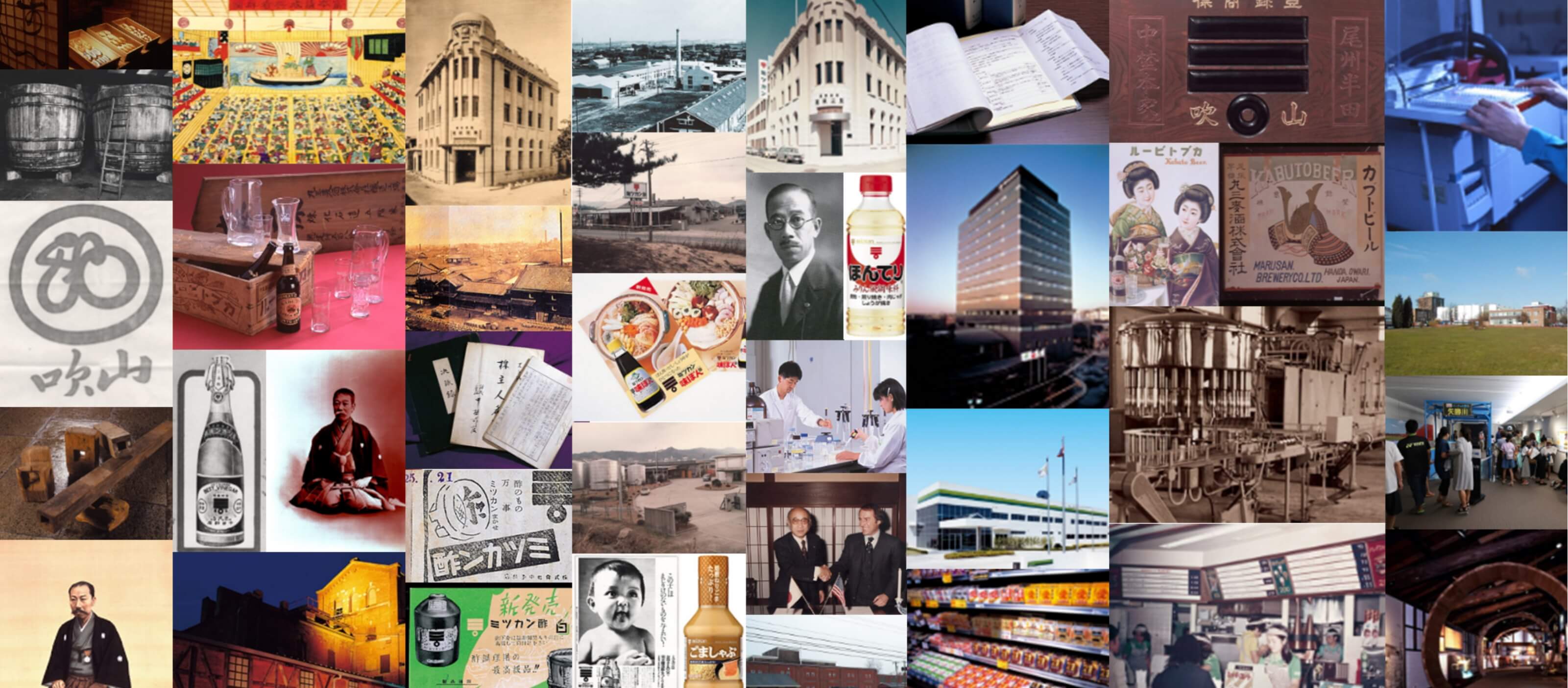
Mizkan's History
In 1804, a sake brewer left Handa Village, Chita County, and set off for Edo (Tokyo).
His name was Matazaemon Nakano I and he laid the foundations for today's Mizkan. His visit to Edo convinced him of the potential of sake lees vinegar, which he began making using the sake lees from his sake brewery.
The passion and dedication that made the new venture a success have been the heart of Mizkan for more than 220 years.
Mizkan's History
In 1804, a sake brewer left Handa Village, Chita County, and set off for Edo (Tokyo).
His name was Matazaemon Nakano I and he laid the foundations for today's Mizkan. His visit to Edo convinced him of the potential of sake lees vinegar, which he began making using the sake lees from his sake brewery.
The passion and dedication that made the new venture a success have been the heart of Mizkan for more than 220 years.


